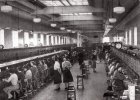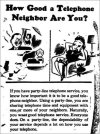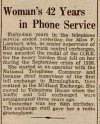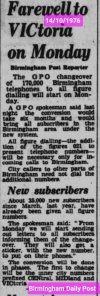Granville House in Birmingham housed the offices for West Midlands Telephone Area, which covered Worcestershire and parts of Shropshire including some far flung rural areas. I worked there 1972-1977. Some of the exchanges were very small with a few hundred subscribers and some did not yet have subscriber trunk dialing, but rang the operator to be connected. I think direct dialing was complete by 1979.
It was better to have the national dialing codes in the directory, but the booklet was handy. You obviously don't need the code if you are ringing a number on the same exchange. The GPO had been a civil service dept and things moved slowly. The budget was calculated by hand as well as entered into a computer as computer accounting systems were not entirely trusted.
So having two sources of exchange codes was a fail-safe. People in Quatt would give their phone number as Quatt xxx, the area code is now 01746 xxxxxx, but before 1995 used to be 0746. Phone numbers have got longer with more subscribers and Quatt is in the Bridgnorth exchange area.
It was better to have the national dialing codes in the directory, but the booklet was handy. You obviously don't need the code if you are ringing a number on the same exchange. The GPO had been a civil service dept and things moved slowly. The budget was calculated by hand as well as entered into a computer as computer accounting systems were not entirely trusted.
So having two sources of exchange codes was a fail-safe. People in Quatt would give their phone number as Quatt xxx, the area code is now 01746 xxxxxx, but before 1995 used to be 0746. Phone numbers have got longer with more subscribers and Quatt is in the Bridgnorth exchange area.
Last edited:








